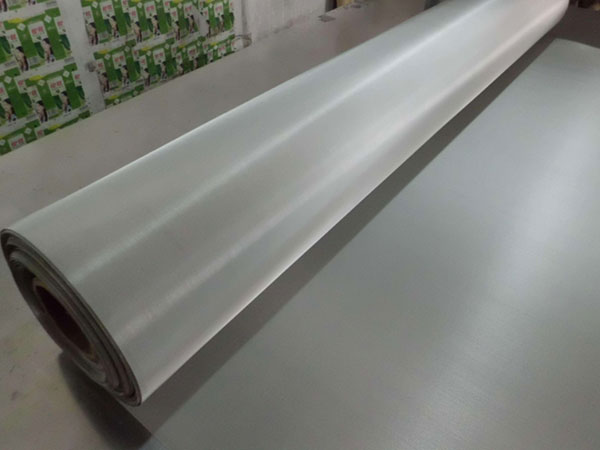S. S Printing Cloth has been in circulation for a long time since ancient times. The modern production techniques of S. S Printing Cloth are certainly not the same as those of ancient times. Do you have any understanding of ancient craftsmanship?
Folk S. S Printing Cloth It began in the Ming Dynasty and has been spread to this day. Through the unremitting efforts of generations of folk artists, especially contemporary folk craftsmen, from a single piece of earth cloth products to products with multiple fabrics, from practical to practical, from various types of decoration, and from rural fields to urban areas, it has achieved its unprecedented brilliance.
Extract blue from the bluegrass as a dye (indigo), spread the hollowed out pattern on a white cloth, use a scraper to scrape the anti dyeing agent into the spot gap and leak it onto the cloth surface. After drying, place it in a dyeing tank. After 20 minutes under the cloth tank, remove it for oxidation and ventilation for 30 minutes. Generally, repeat dyeing 6 to 8 times to achieve the desired color. Take it out again and oxidize it in the air. After drying, scrape off the anti staining powder, and it will show blue and white spots. Due to manual printing and dyeing, the dried pulp will inevitably have cracks, forming the unique charm of S.S Printing Cloth - ice cracks. Therefore, the maintenance of traditional techniques is urgent. The patterns of S.S Printing Cloth are auspicious and festive, and have been well-known among the common people for 300 years.
S.S Printing Cloth the complexity of ancient operating techniques is not as high as modern, but the techniques are all a link between the past and the future. Without ancient techniques as the "precursor", there would be no modern advanced techniques.
